Filter News
Area of Research
- (-) Materials (23)
- (-) Transportation Systems (1)
- Advanced Manufacturing (5)
- Biological Systems (2)
- Biology and Environment (7)
- Clean Energy (42)
- Climate and Environmental Systems (1)
- Data (1)
- Fossil Energy (1)
- Fusion and Fission (1)
- Isotope Development and Production (1)
- Isotopes (1)
- National Security (2)
- Neutron Science (18)
- Nuclear Science and Technology (6)
- Sensors and Controls (1)
- Supercomputing (17)
Media Contacts

A collection of seven technologies for lithium recovery developed by scientists from ORNL has been licensed to Element3, a Texas-based company focused on extracting lithium from wastewater produced by oil and gas production.

Electric vehicles can drive longer distances if their lithium-ion batteries deliver more energy in a lighter package. A prime weight-loss candidate is the current collector, a component that often adds 10% to the weight of a battery cell without contributing energy.

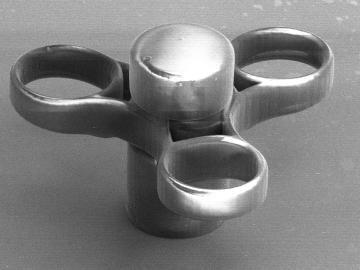
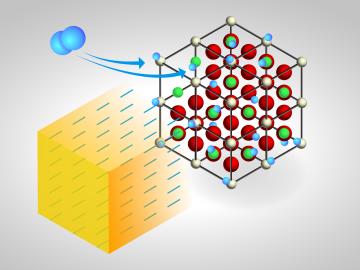
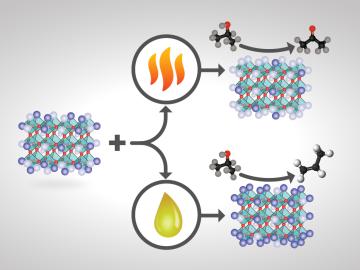
For some crystalline catalysts, what you see on the surface is not always what you get in the bulk, according to two studies led by the Department of Energy’s Oak Ridge National Laboratory. The investigators discovered that treating a complex
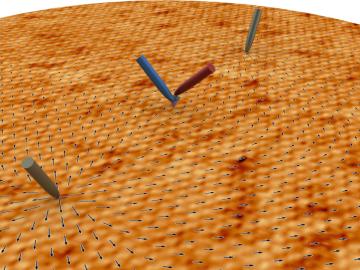
New method to detect spin current in quantum materials unlocks potential for alternative electronics
It’s common knowledge that driving aggressively can dent gas mileage, but it’s difficult to determine exactly how much gas drivers waste. A new study by researchers at the Department of Energy’s Oak Ridge National Laboratory has quantified the impact speeding and slamming on the brakes has on fuel economy and consumption. They found that aggressive behavior behind the wheel can lower gas mileage in light-duty vehicles by about 10 to 40 percent in stop-and-go traffic and roughly 15 to 30 percent at highway speeds. This can equate to losing about $0.25 to $1 per gallon.
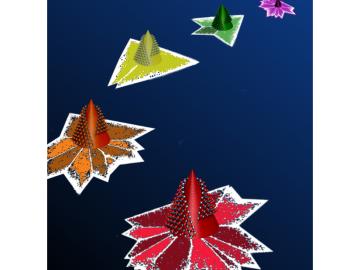
Rice University researchers have learned to manipulate two-dimensional materials to design in defects that enhance the materials’ properties. The Rice lab of theoretical physicist Boris Yakobson and colleagues at the Department of Energy’s Oak Ridge National Laboratory are combi...





